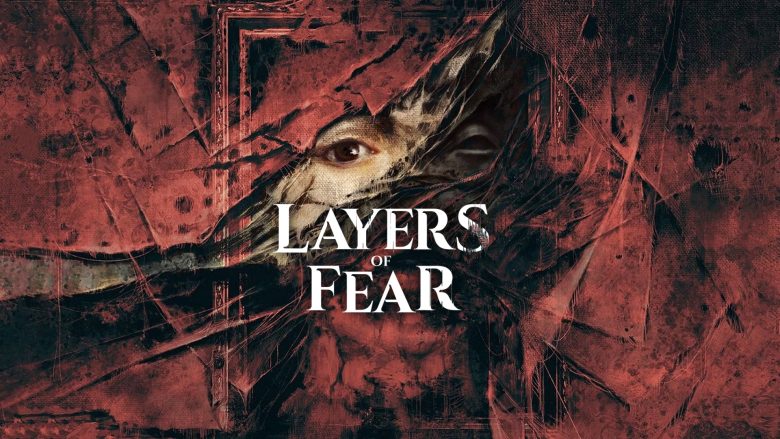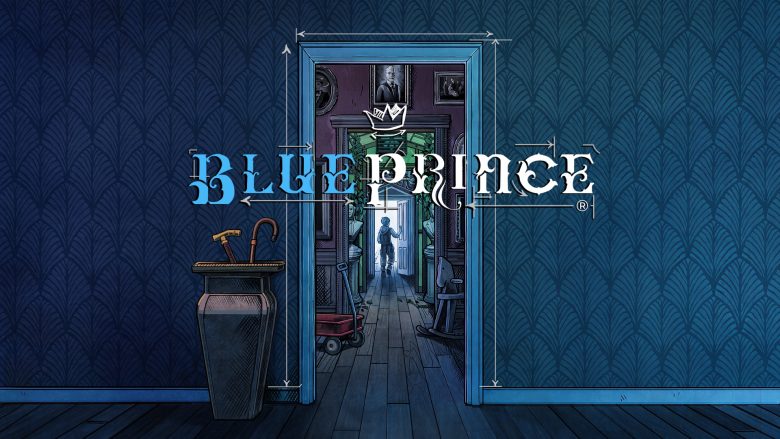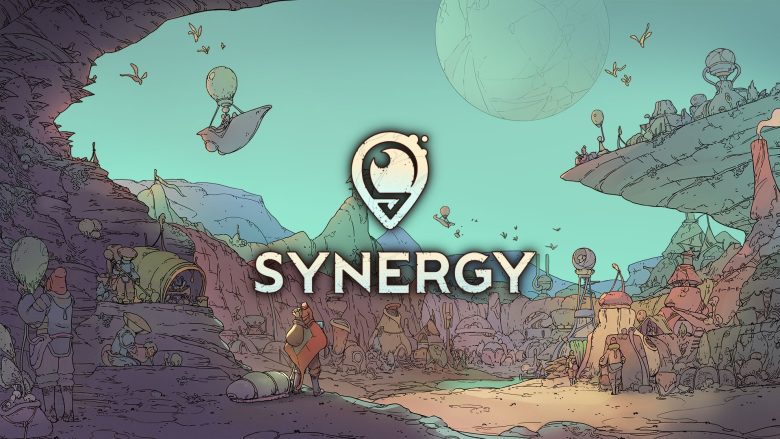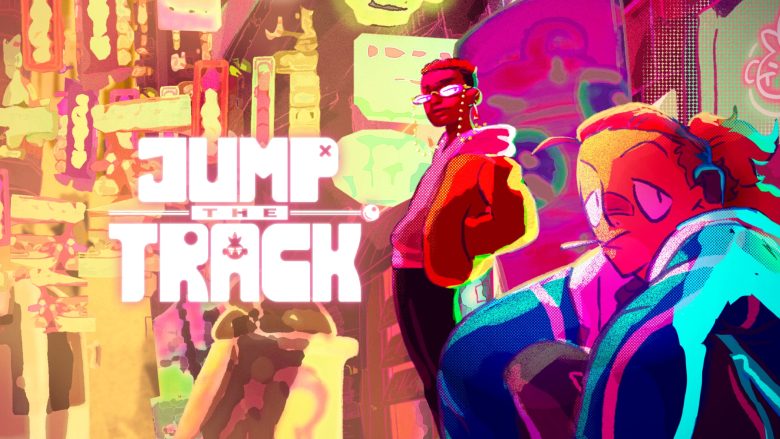Lovecraft 2002
A late-night phone call interrupts Alexandra Roivas’ already restless sleep.
It is not good news.
Her grandfather Edward has been murdered in Rhode Island under mysterious circumstances.
Police inefficiency prompts Alex to investigate among the dark rooms of the family mansion, discovering unspeakable secrets…

Eternal Darkness: Sanity’s Requiem is a title that winks at the literary masterpieces of Lovecraft and Poe to redefine the survival horror genre.
While the aesthetics may look similar to many other titles the story and gameplay are elements of incredible innovation.
Afflicted by adverse events in development and marketing, this title is little celebrated by the public yet beloved by critics.
With a simply breathtaking narrative pace and the ability to repeatedly break the fourth wall, Eternal Darkness is a must-play for fans of the genre and beyond.
A Book:
The story of Eternal Darkness: Sanity’s Requiem unravels around a metabiblion, the Book of Darkness, in which the stories of the characters are enumerated.
Their stories are not told indirectly, but experienced through gameplay against a fictional historical background.
You can play as Pius Augustus (Roman Centurion) as he explores the ruins of a mysterious underground temple.
In the next chapter, the protagonist is Ellia, who lived during the Khmer Empire (1150 AD).
The player gradually acquires new clues through “reading” the chapters. Each he’s time rewarded by new plot elements and new skills in terms of gameplay.
Each character who comes into possession of the Book of Darkness receives in-game knowledge from previous owners. They are needed to carry on the battle against evil that has been looming for centuries.
Grandpa Edward’s house serves as the perfect base for these sinister readings. Each room presents puzzles that test the features introduced in the previous chapter.
All these arcane knowledge that Alexandra draws from the past becomes the key to get further clues.
Who knows what historical era we will be drawn into this time, and what other pieces will join the mosaic of the plot, outlined with impeccable narrative pacing.

“Make sure he is dead…or ιnsane…”
The most fascinating game mechanic introduced by Eternal Darkness is the Sanity Meter.
The characters in the story are unprepared for the horror they witness. Their sanity becomes a game stat just like with Lifebar and Mana.
Particularly destabilizing experiences are associated with a decrease in the Sanity Meter value, corresponding to the occurrence of a variety of hallucinations.
The game randomly selects from a large set of adverse effects that the character will face while descending into madness.
The more the Green Bar of Sanity empties, the more the hallucinations take over. The game becomes harder, and often tries to break the fourth wall and directly involve the player.
At first the statues turn and the walls bleed, but when Sanity really begins to run low you find yourself literally doubting everything.
Monsters revive, doors freeze, even heads explode without warning and with perfectly unexpected timing, creating prized WTF moments.
Few times have I found myself laughing heartily in front of a screen after experiencing a well-designed sense of bewilderment and fear.
These are not trivial jumpscares. The horror is vivid and constant, and indeed modifies the game interface itself through imaginative and freakish hallucinations.
The character’s madness becomes a bond that connects him directly to the player.
The moment the hallucination manifests itself, the experience involves both of them. And the fight against the coming darkness becomes even more compelling.
The darkness is coming! We are all doomed!!!
The game is divided into 12 chapters that follow the story of the 12 main characters.
The longevity is not the highest. For a fan of the genre it is around ten hours to reach an ending.
However, there is an initial choice that changes the main plot of the story without particularly altering the gameplay.
Repeating the story again serves to better understand the plot but also to enjoy the hallucination sequences that are impossible to appreciate in a single run.
Only with three runs is it possible to unlock a secret ending. It’s nothing crucial but a nice reward for the most tenacious players.
This is why I do not consider the longevity of this title a limitation.
As a die-hard fan of horror literature I consider its 20-30 hours of gameplay perfectly commensurate for the plot, neither too much nor too little.
There is no multiplayer, no pretense of going off the rails with respect to storytelling.
Exploration is a very important factor.
Although the storyline is unique there are many useful items and features unlockable only if each level is completed in its entirety.
Eternal Darkness does not punish speedrunners, but it certainly praises accurate players.
This is a well-refined product in every aspect, a survival horror that hits the mark.
Flesh and Bone:
The visuals are third-person, and the camera system is automatic with rare view problems.
Fights are engaging and implement a targeting system for individual enemy body parts.
Weapons are nicely characterized on the historical period of the setting. From Roman gladius to scimitar, flintlock pistol to grenade launcher.
But special praise goes to the Rune-based magic system.
Each spell is produced by combining symbols in circular geometric figures. Once translated, each rune has syntactic value as a verb or noun.

During casting, the character must remain still to pronounce the runes and not interrupt the ritual by wasting Mana.
Each spell has a special Alignment rune that draws power from an extradimensional being. Its voice resonates as its the rune appear.
The Alignments are related in a rock-paper-scissors relationship the player must learn to manage to deal with the looming Darkness.
Each new Rune discovered opens the way to new combinations and thus new spells.
The player’s introduction to all these elements is gradual and interspersed with the narration of the plot.
Chapter after chapter one gets the impression that the characters learn skills and spells at the same pace as their presence in-game involeves the player.
Eternal Darkness relies heavily on this immersive nature and often puts balancing to reinforce the plot itself.

The sound of the Ancients:
The soundtrack is another strong point of Eternal Darkness, performing the perfect synthesis of dark, ambient and ethnic.
Choruses of voices intertwine with odd percussion to make the exploration of ancient and oppressive rooms even more engaging.
And if the soundtrack is the color of the setting, the voice acting is the decisive feature that outlines the story.
Characters come alive through powerful, well-characterized voices and memorable dialogues.
Cutscenes that graphically do not hold a candle to today’s titles still manage to be a milestone for quality voice acting.
Among the many expert voices how can we not mention Jennifer Hale as Alexandra (Guinness World Record for being the most prolific voice actress in video games), and William Hootkins (Star Wars) who plays Uncle Maximilian with an Oscar-worthy characterization.
Homage to Grandpa Lovecraft:
Eternal Darkness: Sanity’s Requiem is a love letter to fans of the Providence writer.
The prime example comes from the first character who interacts with the protagonist.
Inspector Legrasse has the same name and title as a character from the short story “The Call of Cthulhu“.
The Book of Darkness and its narrative use are obvious references to the Necronomicon, which appeared in Lovecraftian tales.
The mixture of horror and existentialism is also part of the writer’s repertoire.
Horror in Lovecraft‘s literature is unknowable and incomprehensible. Eternal Darkness has managed to give it an aesthetic form while keeping the style intact.
Of all Lovecraftian-themed horror games, this one remains the most faithful to the author’s cosmic horror.
I’s the perfect groundwork for titles such as Amnesia: the Dark Descent and Conarium.
Horror IRL:
What happened for such a masterpiece to suffer such a miserable reputation?
The near-perfect scores jar incredibly with the number of copies sold, just 440,000.
The developer, canadian Silicon Knights, had distinguished themselves positively for Blood Omen: Legacy of Kain and they managed to impress Nintendo.
The fully functional beta version of Eternal Darkness was ready for the release on Nintendo 64 in 2000.
But the Japanese company decided to move the title to GameCube.
Silicon Knights found itself with a finished game that basically had to be rebuilt from the ground up, going from less than 4,000 polygons on the N64 to over 8,000 on the GC.
They had to change the graphic engine dramatically, implementing 16:9 widescreen and Dolby Surround Pro Logic II for the first time on a Nintendo title.
Within two years the whole system worked nicely on the new machine.
But it was too late considering the competition in the early 2000s video game market.
Eternal Darkness remained overshadowed by such titles as GTA: Vice City, Kingdom Hearts, Halo: Combat Evolved, and Super Mario Sunshine.
Yet it was not only the market that prevented Eternal Darkness from succeeding.
Silicon Knights produced other good titles including Metal Gear Solid: The Twin Snakes and Too Human.
Too Human, Too Epic
It was during the development of the latter that a legal feud broke out with Epic Games over the use of Unreal Engine 3.
Silicon Knights filed suit pointing out the incompleteness of the product provided by Epic Games and lost in the first instance.
Instead, the U.S. developers’ countersuit Silicon Knights, for $9.2 million in damages to pay in 2012.
The bankruptcy completely wiped out the Canadian development house, making it even more difficult to learn of the existence of its titles.
By 2013, the entire Eternal Darkness team had migrated to the newly formed Precursor Games, with the intention of producing a sequel for the Nintendo Wii.
Disinterest in crowdfunding campaigns crushed the Shadow Of The Eternals project.
But it was in July 2013 that Precursor’s reputation was definitively erased.
Ken McCulloch, former designer of the original Eternal Darkness team was arrested for possession of child pornography.
Precursor closed its doors in 2014.
The same team formed Quantum Entanglement Entertainment, but steadily failed to produce a sequel and ended its operations in 2018.
Even Denis Dyack (who directed the project in 2002), now CEO of Apocalypse Studios, stopped talking about an heir to Eternal Darkness: Sanity’s Requiem.
And perhaps it is just as well, since the only certainty in this turn of events is that this title has no need for a sequel.
Eternal Darkness: Sanity’s Requiem is perfect as is, and from 2002 to the present it still manages to produce that same wonderful eeriness so dear to Lovecraft’s cosmic horror.
Eternal Darkness
PRO
- Sanity Meter and casual hallucinations
- Narrative rhythm worthy of a literary work
- Spells with runes
- Excellent dubbing
CON
- Graphics not up to the standards of 2002
- Narration slows down the pace
- May be too complex for those not used to the horror genre











